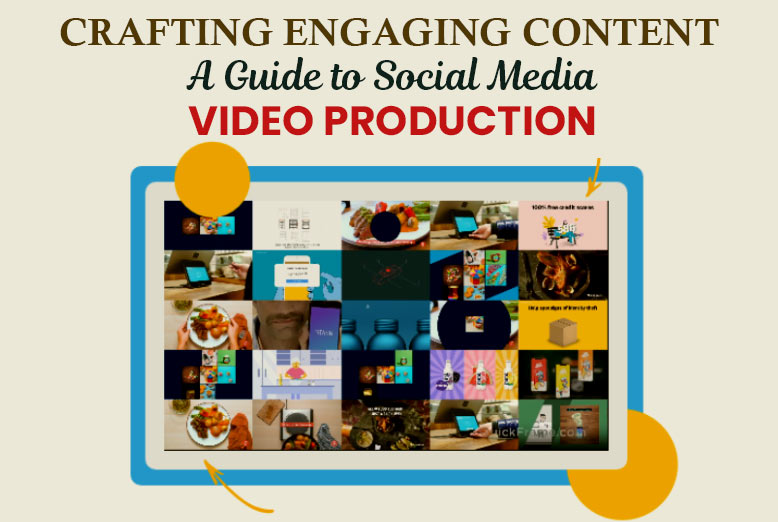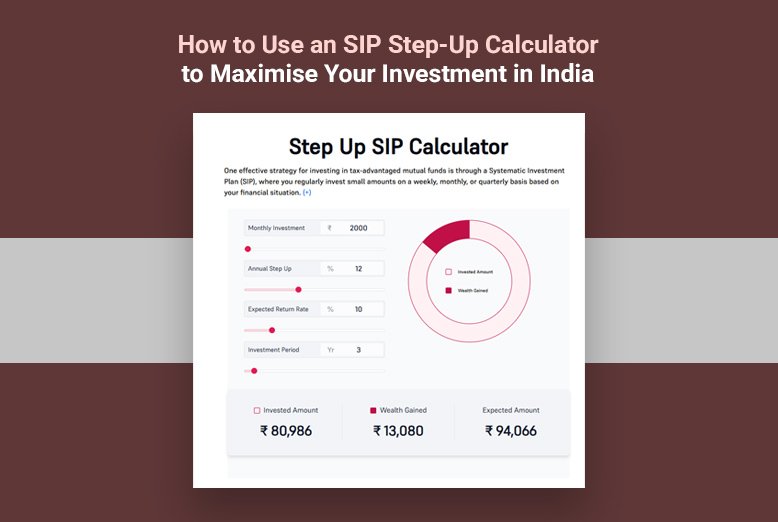Video content has become an extremely popular and effective way for brands to connect with their audiences on social media. With platforms prioritizing video in their algorithms, like Facebook, Instagram, and YouTube, it has become more important than ever to create compelling and engaging video content as part of your social strategy.
However, simply pointing a camera at yourself and uploading random footage (usually) won’t cut it. Crafting videos that capture attention and drive meaningful results requires an intentional approach and strategic production decisions.
This guide covers social media video production with proven tips and best practices for planning, shooting, and distributing video content that resonates with your followers and achieves your goals.
Know your audience and goals
The first step in creating engaging social media videos is getting crystal clear on who you’re speaking to and what you’re aiming to achieve.
Before conceptualizing video ideas or mapping out a production plan, take time to understand:
• Who is your target audience(s) on each platform, and what do they care about?
• What types of videos have been most successful with your followers (or your competitor’s followers) in the past?
• What actions do you want viewers to take after watching your videos? (e.g. visit your website, make a purchase, share with friends, etc.)
Having specific audience insights and strategic goals will inform every creative and production choice you make further down the line.
Conceptualize Video Ideas That Align to Your Goals
Once your audience and objectives are clear, brainstorm a list of potential video concepts that would provide value and align to what you’re aiming to achieve. Consider video ideas such as:
• Product unveilings or demonstrations
• Behind-the-scenes company culture videos
• Expert interviews or “ask me anything” sessions
• Educational tutorials or how-tos
• “Day in the life” videos showcasing customers using your product
Ideally focus on video concepts that would interest your audience, differentiate your company, highlight your products/services, or educate viewers on topics related to your industry.
Also take into account practical production considerations such as budgets, location/setting, length of final videos, and resources required.
Outline video production plans
After settling on your video concepts, the next step is mapping out an execution plan that covers:
Locations and Settings – Scout potential shooting locations that would work for each video idea, making sure they align nicely with your overall creative vision.
Shot Lists – Write down the specific shot types you want to capture during production, such as close-ups, wide shots, pans, camera movement, etc.
Casting – Determine if and what type of on-camera talent you’ll need for each video. Outline hosts and any customers/employees who could appear on camera to help convey your brand story.
Shooting Schedule – Create a detailed schedule of shooting dates, times, locations, shot list requirements, and team member responsibilities. Make sure to build in a buffer for any unforeseen delays or challenges.
Equipment Needed – Outline all production equipment required, including cameras, microphones, lighting, stabilizers, drones, props, etc. Determine what you already own versus what needs to be rented or purchased additionally.
Post-Production Plan – Have an editing plan in place, mapping out how you’ll compile and cut footage, utilize graphics and effects, adhere to platform-specific video requirements, and ultimately create polished final videos.
Pre-production best practices
Getting your pre-production plans and logistics in order sets the stage for a smooth day of shooting. Here are some key best practices:
• Visit shooting locations in advance to understand lighting conditions, potential challenges, layouts, and more
• Have a clear creative brief so everyone on the production team understands the objectives, shooting styles required, intended emotional impact on viewers, final video runtime and formats, etc.
• Secure permits, waivers, or other legal documentation to avoid issues shooting in certain public places or with minors
• Have contingency plans (and dates) in place so weather delays or other unforeseen issues don’t derail getting the footage you need
Production shoot best practices
The video production shoot process itself requires careful coordination, attention to detail, patience, and perseverance. Follow these tips:
• Arrive early to set up equipment and prepare the location so you’re ready to capture footage as soon as your shooting window opens
• Take lots of b-roll footage — supplemental shots of your location, products, props, and participants engaging — to utilize later as you edit
• Minimize extraneous noise that could interfere with clean audio recording
• Use Lavalier microphones for best sound quality, especially for interviews or hosting segments
• Have sufficient lighting available (whether natural light or artificial lighting rigs) so footage doesn’t appear too dark or grainy
Post-production editing essentials
Compelling raw footage provides the building blocks for your video. However, creative editing is what ultimately transforms it all into a polished, cohesive finished product. Be sure to incorporate these editing essentials:
• Organize footage effectively – log clips with detailed descriptions to facilitate locating desired shots or segments later
• Use editing software tools – Leverage video editing features like color correction, transitions, graphics, animation, and text overlays to enhance footage
• Trim clips – cut down longform footage into concise segments that communicate messages quickly and impactfully
• Pace thoughtfully – use a mix of clip lengths to build suspense, emphasize key moments, or slow things down so viewers can absorb complex topics
•Sequence strategically – arrange clips in an intentional flow that spotlights your priorities and guides the viewer’s emotions on the intended journey
• Blend planned footage with supplemental b-roll – mix talking head footage with supplemental visuals to illustrate concepts and maintain visual interest
• Refine until polished – watch rough cuts with a critical eye, making tweaks repeatedly until pacing, messaging, transitions, and visual impact align with your creative vision
• Proof for perfection – review videos closely before finalizing, double checking audio levels, color correction, branding consistency, clip sequences, and runtimes.
Distribute and promote for maximized impact
With editing wrapped up and approval received, it’s finally time to get your polished video out into the world! To maximize viewership and impact:
• Upload natively to social platforms so videos play automatically in follower feeds
• Insert compelling captions and headlines that capture attention and convey core messages immediately
• Publish videos at optimal times when your audience is most active and responsive
• Promote videos proactively via your brand website, email lists, influencer networks, paid ads, and any other channels available to expand viewership
• Analyze native platform analytics to understand viewership trends, demographic data, completion rates, retention levels, and sentiment
• Continue optimizing future video strategy based on insights into which video types, topics, lengths, messages, and distribution tactics resonate best with your followers
The power of intentional video content
In today’s crowded digital landscape, brands can no longer rely on passive content to cut through the noise and connect meaningfully with audiences.
By taking an intentional, strategic approach to conceptualizing, producing, and distributing social video content, you equip yourself to engage followers actively, convey authentic and compelling brand stories, strengthen loyalty, and achieve tangible business objectives.
ALSO READ: How Social Media Is Full Of Opportunities For Budding Online Businesses?















